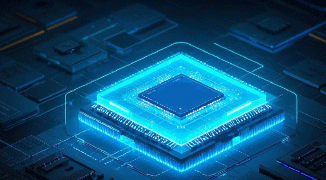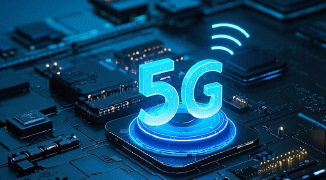From IoT to AIoT: The TransforJourney of Sensor Technologiesmative
2025/1/15 17:52:09
In the rapidly evolving landscape of modern technology, the journey from the Internet of Things (IoT) to the Artificial Intelligence of Things (AIoT) represents a significant leap forward. At the heart of this transformation lies sensor technology, which has been evolving at a remarkable pace to meet the demands of these emerging paradigms. Sensors are the eyes and ears of the digital world, collecting data from the physical environment and enabling a wide range of applications, from smart homes to industrial automation. The shift from IoT to AIoT has not only expanded the scope of sensor applications but has also necessitated a fundamental change in the way sensors are designed, operated, and integrated with other technologies.
1. The Foundation of IoT: Traditional Sensor Technologies
1.1 Basics of Traditional Sensors
Traditional sensors in the IoT era were designed primarily to collect and transmit data. They were the building blocks that enabled the connection of physical objects to the digital realm. These sensors came in various forms, such as temperature sensors, humidity sensors, motion sensors, and light sensors. For example, a temperature sensor in a smart thermostat would measure the ambient temperature and send the data to a central hub, allowing the thermostat to adjust the heating or cooling system accordingly.
Most traditional IoT sensors were based on simple principles of physical or chemical changes. A thermocouple, for instance, generates a voltage proportional to the temperature difference between two junctions, and this voltage is then converted into a digital signal for processing. These sensors were often low - cost and easy to deploy, making them suitable for a wide range of applications.
1.2 Role in IoT Ecosystem
In the IoT ecosystem, traditional sensors played a crucial role in enabling the collection of data from various sources. They formed the first layer of the data - collection infrastructure, providing the raw data that was then transmitted to the cloud or edge devices for further processing. This data was used to automate processes, monitor conditions, and improve efficiency.
In a smart city scenario, thousands of sensors were deployed to monitor traffic flow, air quality, and waste levels. Traffic sensors, such as inductive loop sensors, detected the presence of vehicles on the road and sent data to a central traffic management system. This data was used to optimize traffic signal timings, reducing congestion and improving fuel efficiency.
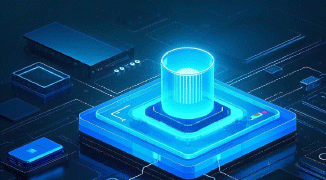
2. The Emergence of AIoT and the Need for Advanced Sensor Technologies
2.1 The Concept of AIoT
AIoT represents the convergence of IoT and artificial intelligence. It goes beyond the simple collection and transmission of data in IoT and incorporates real - time data analysis, decision - making, and autonomous actions. In an AIoT system, sensors are not just data providers but also intelligent components that can analyze the data they collect and take appropriate actions based on predefined rules or machine - learning algorithms.
For example, in an AI - enabled smart home security system, a motion sensor equipped with machine - learning capabilities can distinguish between a family member and an intruder. Instead of just sending a motion - detected signal like a traditional sensor, it can analyze the movement patterns, body shape, and other characteristics to determine the nature of the detected object.
2.2 Limitations of Traditional Sensors in AIoT
Traditional sensors, while suitable for basic IoT applications, face several limitations in the context of AIoT. Their data - processing capabilities are often limited, and they rely heavily on external processing units to make sense of the data. In AIoT, where real - time decision - making is crucial, the delay caused by sending data to a remote server for processing can be unacceptable.
Moreover, traditional sensors are not designed to handle the complex data analysis required by AI algorithms. They are typically optimized for a single type of data collection, such as temperature or humidity, and lack the flexibility to adapt to changing requirements. For example, in an industrial predictive maintenance application in AIoT, traditional sensors may not be able to detect subtle changes in equipment performance that could indicate an impending failure.
3. Key Technological Advancements in Sensor Technologies for AIoT
3.1 Sensor Fusion
Sensor fusion is a critical technology in AIoT. It involves combining data from multiple sensors to provide a more comprehensive and accurate view of the environment. In a self - driving car, for example, data from lidar sensors, radar sensors, and camera sensors are fused together. Lidar sensors provide high - resolution 3D maps of the surrounding environment, radar sensors detect the distance and speed of objects, and camera sensors identify objects and traffic signs. By combining the data from these sensors, the car can make more informed decisions about navigation, braking, and acceleration.
There are different methods of sensor fusion, including data - level fusion, feature - level fusion, and decision - level fusion. Data - level fusion combines the raw data from multiple sensors before processing, feature - level fusion combines the extracted features from different sensors, and decision - level fusion combines the decisions made by individual sensors.
3.2 Edge Computing Integration
Edge computing has become an essential part of sensor technology in AIoT. Instead of sending all the data to a cloud server for processing, edge computing allows sensors to perform some level of data analysis locally. This reduces the latency and bandwidth requirements, making real - time decision - making possible.
In a smart factory, sensors on manufacturing equipment can analyze the data on - site to detect anomalies in the production process. If a sensor detects a deviation from the normal operating parameters, it can immediately send an alert to the operators or even take autonomous actions to correct the problem, such as adjusting the speed of a machine. This is much faster than sending the data to a cloud server, waiting for the analysis, and then receiving instructions.
3.3 Machine - Learning - Enabled Sensors
Machine - learning - enabled sensors are a new breed of sensors that can learn from the data they collect. These sensors are equipped with on - board machine - learning algorithms that can be trained to recognize patterns, make predictions, and adapt to changing environments.
For example, in a smart agriculture application, a soil moisture sensor with machine - learning capabilities can learn the optimal moisture levels for different crops based on historical data and environmental conditions. It can then adjust its monitoring and reporting thresholds accordingly, providing more accurate and relevant data to farmers. This type of sensor can also detect early signs of crop diseases or nutrient deficiencies by analyzing changes in the soil and plant characteristics.
4. Applications of Advanced Sensor Technologies in AIoT
4.1 Healthcare
In the healthcare sector, AIoT - enabled sensors are revolutionizing patient monitoring and diagnosis. Wearable sensors, such as smartwatches and fitness trackers, can continuously monitor vital signs like heart rate, blood pressure, and sleep patterns. These sensors can use machine - learning algorithms to analyze the data and detect any abnormal patterns. For example, a sudden increase in heart rate or a significant change in sleep quality could be an early sign of a health problem.
In hospitals, sensors are used to monitor patients in real - time, especially in intensive care units. These sensors can detect changes in a patient's condition and alert the medical staff immediately, enabling timely intervention. Additionally, sensors can be used to track the movement and location of medical equipment, ensuring that it is always available when needed.
4.2 Smart Cities
Smart cities are another area where advanced sensor technologies in AIoT are making a significant impact. In addition to the traditional traffic and environmental sensors, AIoT sensors are being used for a wide range of applications, such as smart lighting, waste management, and public safety.
Smart lighting systems use sensors to detect the presence of people and adjust the brightness of the lights accordingly. This not only saves energy but also improves the safety and comfort of pedestrians. In waste management, sensors can be used to monitor the fill level of waste bins. When a bin is nearly full, the sensor can send a signal to the waste collection service, optimizing the collection routes and reducing unnecessary trips.
4.3 Industrial Automation
In industrial automation, AIoT - enabled sensors are crucial for improving productivity, quality control, and predictive maintenance. Sensors can monitor the performance of manufacturing equipment in real - time, detecting any signs of wear and tear or malfunctions. By analyzing the data collected from these sensors, companies can predict when equipment is likely to fail and perform maintenance proactively, reducing unplanned downtime.
For example, in a semiconductor manufacturing plant, sensors can monitor the temperature, pressure, and vibration of the production equipment. If a sensor detects an abnormal increase in vibration, it could indicate a problem with the machinery, such as a misaligned component. The system can then take immediate action, such as shutting down the equipment or adjusting the operating parameters, to prevent further damage.
5. Challenges and Future Outlook
5.1 Challenges in Sensor Technology for AIoT
Despite the significant progress in sensor technology for AIoT, several challenges remain. One of the main challenges is the issue of data security and privacy. As sensors collect and transmit large amounts of sensitive data, protecting this data from cyberattacks is crucial. Ensuring the integrity and confidentiality of the data, especially in applications like healthcare and finance, is a complex task that requires advanced encryption and security protocols.
Another challenge is the standardization of sensor technologies. With a wide variety of sensors from different manufacturers, it can be difficult to ensure compatibility and interoperability. Standardization would enable easier integration of sensors into AIoT systems and promote innovation by allowing different companies to build on a common foundation.
5.2 Future Outlook
The future of sensor technology in AIoT looks promising. As technology continues to advance, we can expect to see smaller, more powerful, and more energy - efficient sensors. New materials and manufacturing techniques will enable the development of sensors with improved performance and functionality.
Artificial intelligence and machine - learning algorithms will become more sophisticated, allowing sensors to make more accurate predictions and decisions. The integration of blockchain technology with sensor - based AIoT systems could also provide a more secure and transparent way to manage and share data.
In conclusion, the journey from IoT to AIoT has been a transformative one for sensor technologies. The evolution of sensors from simple data collectors to intelligent, self - learning components has opened up new possibilities for a wide range of applications. While challenges remain, the future of sensor - enabled AIoT holds great potential for improving our lives, from enhancing healthcare and safety to driving innovation in various industries. As technology continues to evolve, we can look forward to a more connected, intelligent, and efficient world.
Related information
Subscribe to IC-MAX!
Featured PartsMore
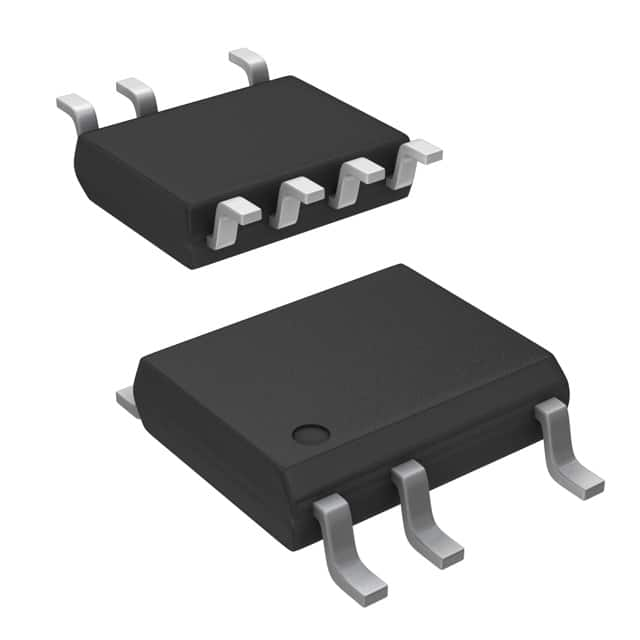
-
LNK304DN-TL Power Integrations

-
LNK304GN-TL Power Integrations

-
LNK304DG-TL Power Integrations
-
TNY277PN Power Integrations
-
TNY276PN Power Integrations
-
TNY278PN Power Integrations

-
TNY278GN-TL Power Integrations

-
TNY280GN-TL Power Integrations
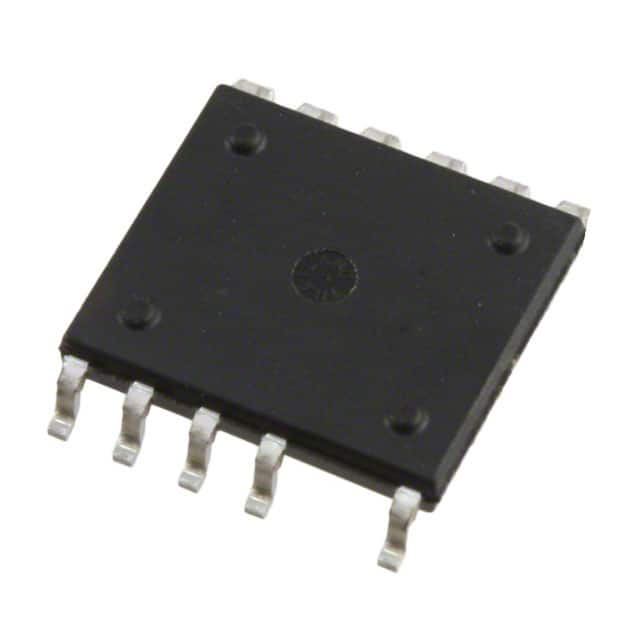
-
TOP266KG-TL Power Integrations
-
TOP258PN Power Integrations
-
TOP253PN Power Integrations
-
TOP253PNAU Power Integrations


